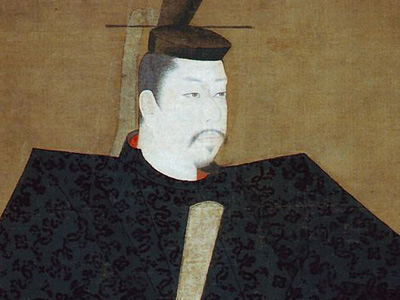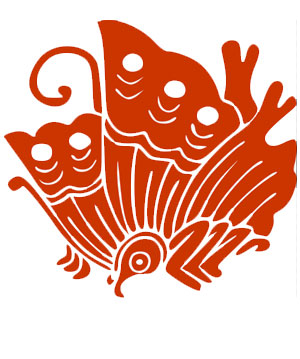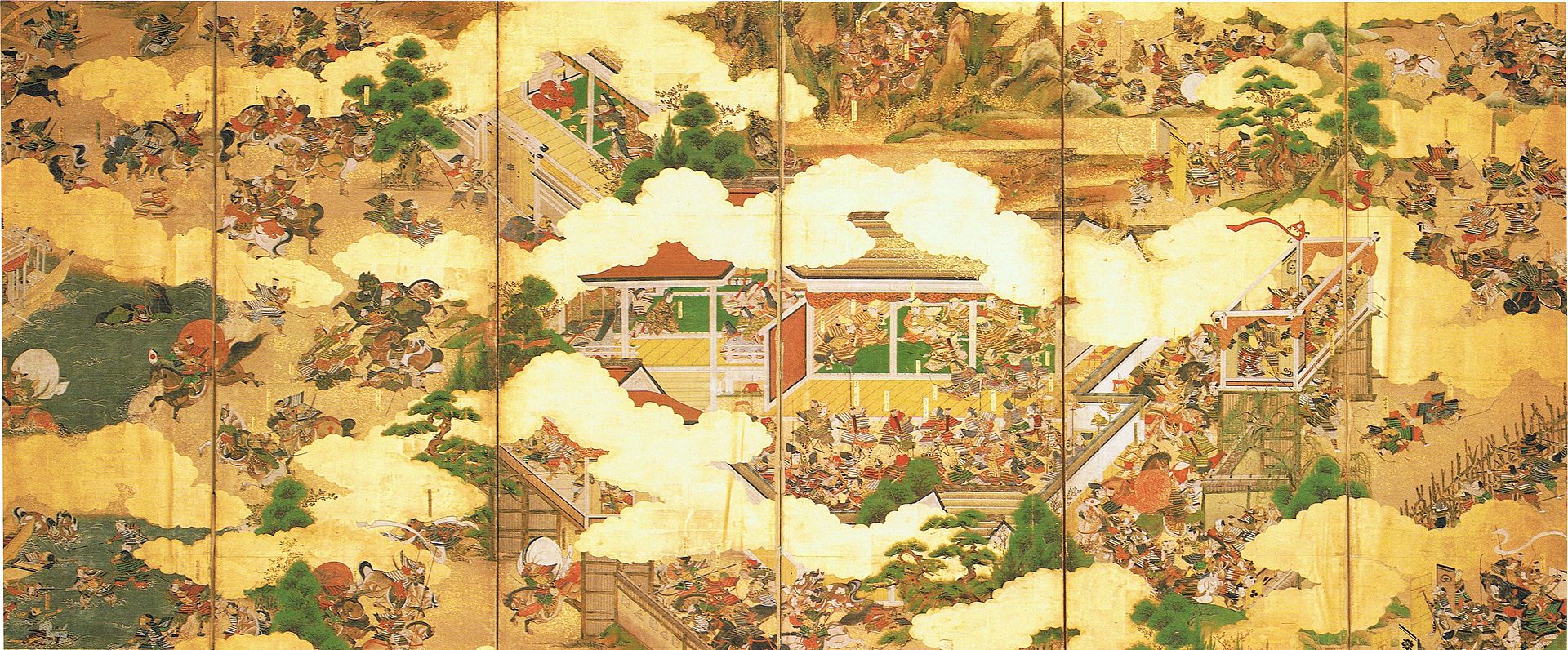Genpei War 源平合戦 (1180–1185)
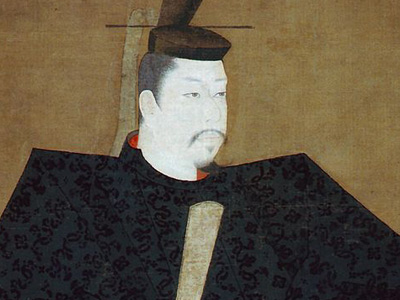
Final Stages
As the united Minamoto forces left Kyoto, the Taira began consolidating their position at a number of sites in and around the Inland Sea, which was their ancestral home territory. They received a number of missives from the Emperor offering that if they surrendered by the seventh day of the second month, the Minamoto could be persuaded to agree to a truce. This was a farce, as neither the Minamoto nor the Emperor had any intentions of waiting until the eighth day to attack. Nevertheless, this tactic offered the Emperor a chance to regain the Regalia and to distract the Taira leadership.
The Minamoto army, led by Yoshitsune and Noriyori, made their first major assault at Ichi-no-Tani, one of the primary Taira camps on Honshū. The camp was attacked from two directions by Yoshitsune and Noriyori, and the Taira not killed or captured retreated to Yashima. However, the Minamoto were not prepared to assault Shikoku; a six-month pause thus ensued during which the Minamoto took the proper steps. Though on the retreat, the Taira enjoyed the distinct advantages of being in friendly, home territories, and of being far more adept at naval combat than their rivals.
It was not until nearly a year after Ichi-no-Tani that the main Taira force at Yashima came under assault. Seeing Yoshitsune's bonfires in their rear, the Taira had not expected a land-based attack and took to their ships. This was a deceptive play on the part of the Minamoto, however. The Taira improvised imperial palace fell, and many escaped along with the Imperial regalia and the Emperor Antoku.
The Genpei War came to an end one month later, following the battle of Dan-no-ura, one of the most famous and significant battles in Japanese history. The Minamoto engaged the Taira fleet in the Straits of Shimonoseki, a tiny body of water separating the islands of Honshū and Kyūshū. The tides played a powerful role in the development of the battle, granting the advantage first to the Taira, who were more experienced and abler sailors, and later to the Minamoto. The Minamoto advantage was considerably enhanced by the defection of Taguchi, a Shikoku warrior who went over to the Minamoto side in the middle of the action. Many of the Taira nobles perished, along with Emperor Antoku and the widow of Kiyomori.
HISTORY
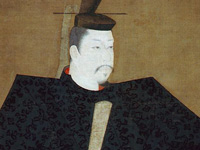
RESOURCES
This article uses material from the Wikipedia article "Genpei War (1180–1185)", which is released under the Creative Commons Attribution-Share-Alike License 3.0.
© Stories Preschool. All Rights Reserved.
